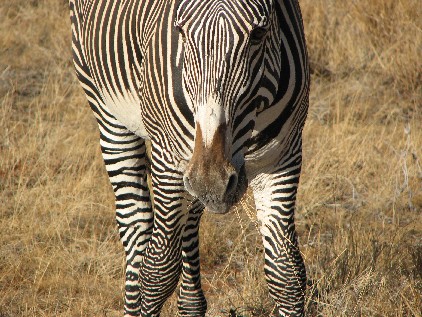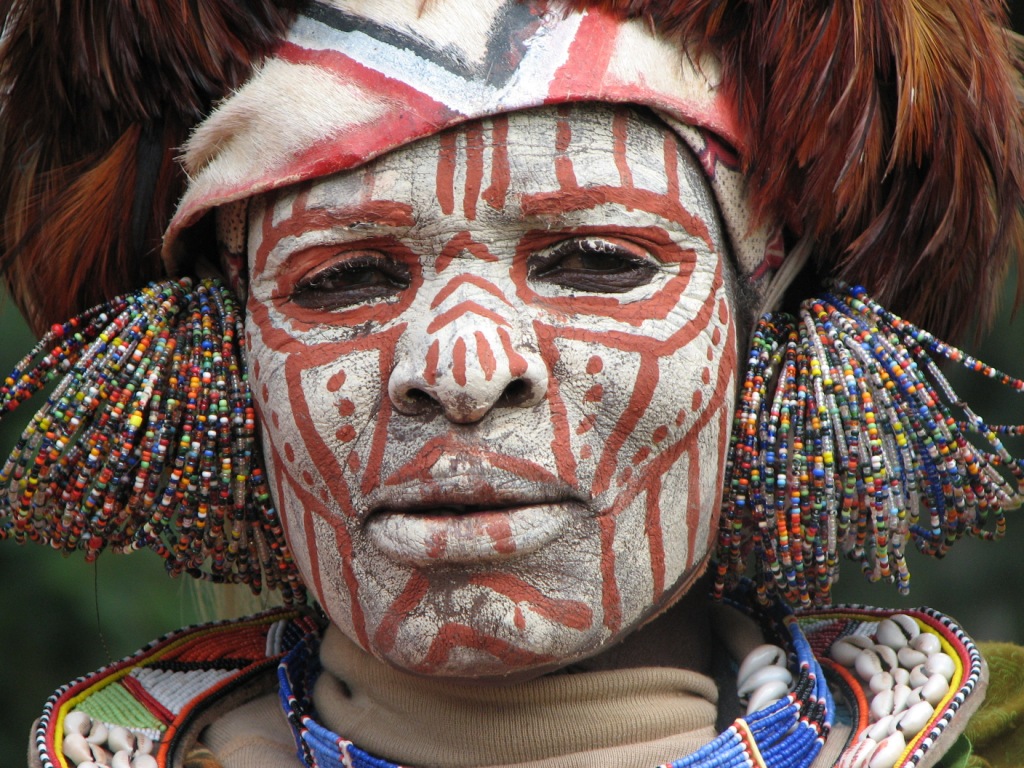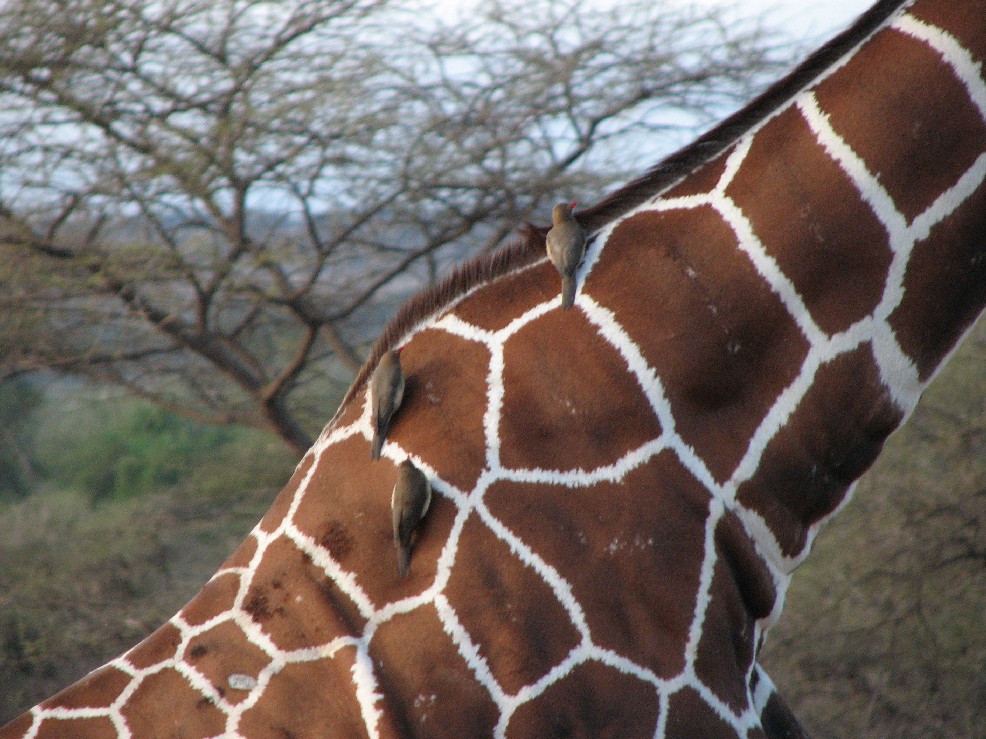 I must say that I really believed that I was going to be an “environmental diver” all the way and had very little interest in diving man-made “disasters” such as ship wrecks. However, diving the USS President Coolidge made a real impression on me and excited me with its massive-imposing figure as well as its history. SCUBA diving by its very nature may be un-nerving; whether staring out into the deep endless blue (and remembering your rather low-rung on the food chain) or night diving when you imagine about everything is only a couple meters away looking at you with hungry eyes (and you can’t see a thing). I have had the pleasure now of diving for work related tasks, although I would hardly call it work, and I explore things at a slow and meticulous pace looking for the ocean’s many minute wonders. Diving a ship wreck is a very different experience… overwhelming at times to see such a massive piece of history, steel and sweat quietly (and eerily) sleeping underwater. You do not get a visual, minus the large tethered anchor rope from shore, until you reach 70 feet in depth and then there is a massive bow of this 654 foot luxury liner turned war ship during WWII.
I must say that I really believed that I was going to be an “environmental diver” all the way and had very little interest in diving man-made “disasters” such as ship wrecks. However, diving the USS President Coolidge made a real impression on me and excited me with its massive-imposing figure as well as its history. SCUBA diving by its very nature may be un-nerving; whether staring out into the deep endless blue (and remembering your rather low-rung on the food chain) or night diving when you imagine about everything is only a couple meters away looking at you with hungry eyes (and you can’t see a thing). I have had the pleasure now of diving for work related tasks, although I would hardly call it work, and I explore things at a slow and meticulous pace looking for the ocean’s many minute wonders. Diving a ship wreck is a very different experience… overwhelming at times to see such a massive piece of history, steel and sweat quietly (and eerily) sleeping underwater. You do not get a visual, minus the large tethered anchor rope from shore, until you reach 70 feet in depth and then there is a massive bow of this 654 foot luxury liner turned war ship during WWII.The ship, which was requisitioned in 1941, was carrying 5,000 troops destined to reinforce and
 relieve Marines in Guadalcanal when on October 26, 1942 it stuck two mines explosives in the Segond Channel, Santo Island. These explosives had been laid by the US Navy to discourage enemy attack and they were very effective, sinking the massive steamer in only 85 minutes. Only two people were killed in the accident but valuable equipment, weapons and troops were either stranded or sleeping 70-240 feet under water (where the Coolidge lies today).
relieve Marines in Guadalcanal when on October 26, 1942 it stuck two mines explosives in the Segond Channel, Santo Island. These explosives had been laid by the US Navy to discourage enemy attack and they were very effective, sinking the massive steamer in only 85 minutes. Only two people were killed in the accident but valuable equipment, weapons and troops were either stranded or sleeping 70-240 feet under water (where the Coolidge lies today).The water at 70 feet is already murky with little visibility. The ship is amazing; its alive with the numerous creatures, corals, sponges, sea fans inhabiting its slowly decaying structure and yet dead, solemn and imposingly dreary like its war-torn history. Large fish lurk at this depth avoiding the village spear fisherman but less hidden from hand held long lines. Still the groupers and angelfish reach sizes below 70 meters that would be inconceivable closer to the hungry Ni-Vanuatu at shore. Because the ship sleeps on her side you must enter through access panels that were cut from the ship in the 1960’s when they recovered the oil and gas in her belly. Often the bottom is not visible even with use of a flashlight from the top panels. It is dark and on occasion you frighten a fish from a dark and cold corner.
 I only completed two dives the last time I went. The first one, at a depth of 130 feet, was a visit to “The Lady.” The lady was a piece of art that once hung in the first class smoking room during the luxury days before the war. During the war it was actually boarded over and found later when the rotting boards were removed under water. This dive is interesting mostly because you get yourself deep into the belly of the ship. On the way in you see large debris all laying on the port side of the ship; airplane drop tanks, jeeps with rusted axles and steering wheels, a barbers chair and large stainless steel cooking pots which were equipped to cook for the large navy crew. The
I only completed two dives the last time I went. The first one, at a depth of 130 feet, was a visit to “The Lady.” The lady was a piece of art that once hung in the first class smoking room during the luxury days before the war. During the war it was actually boarded over and found later when the rotting boards were removed under water. This dive is interesting mostly because you get yourself deep into the belly of the ship. On the way in you see large debris all laying on the port side of the ship; airplane drop tanks, jeeps with rusted axles and steering wheels, a barbers chair and large stainless steel cooking pots which were equipped to cook for the large navy crew. The  second dive, shallower starting at about 90 feet, was to the medical office and cargo holds #1 and #2. These were really interesting dives, gas masks, tight squeezes, medicine bottles (with medicine still inside) and bullets clutter the hallways leading to medical supplies room. The cargo holds contain more large items, the jeeps, spare tires and the like. It was an amazing couple of dives on a shared piece of history linking the Ni-Vanuatu and American people together, the war and exposure to other cultures changing both countries so profoundly.
second dive, shallower starting at about 90 feet, was to the medical office and cargo holds #1 and #2. These were really interesting dives, gas masks, tight squeezes, medicine bottles (with medicine still inside) and bullets clutter the hallways leading to medical supplies room. The cargo holds contain more large items, the jeeps, spare tires and the like. It was an amazing couple of dives on a shared piece of history linking the Ni-Vanuatu and American people together, the war and exposure to other cultures changing both countries so profoundly. -Jessica













No comments:
Post a Comment